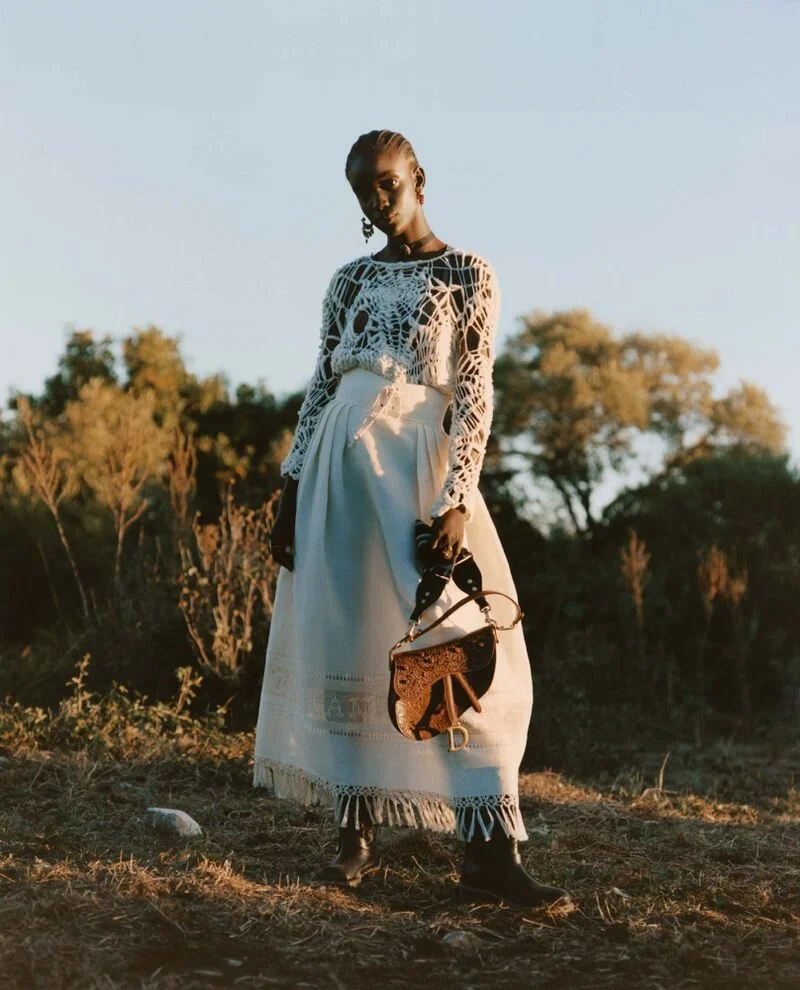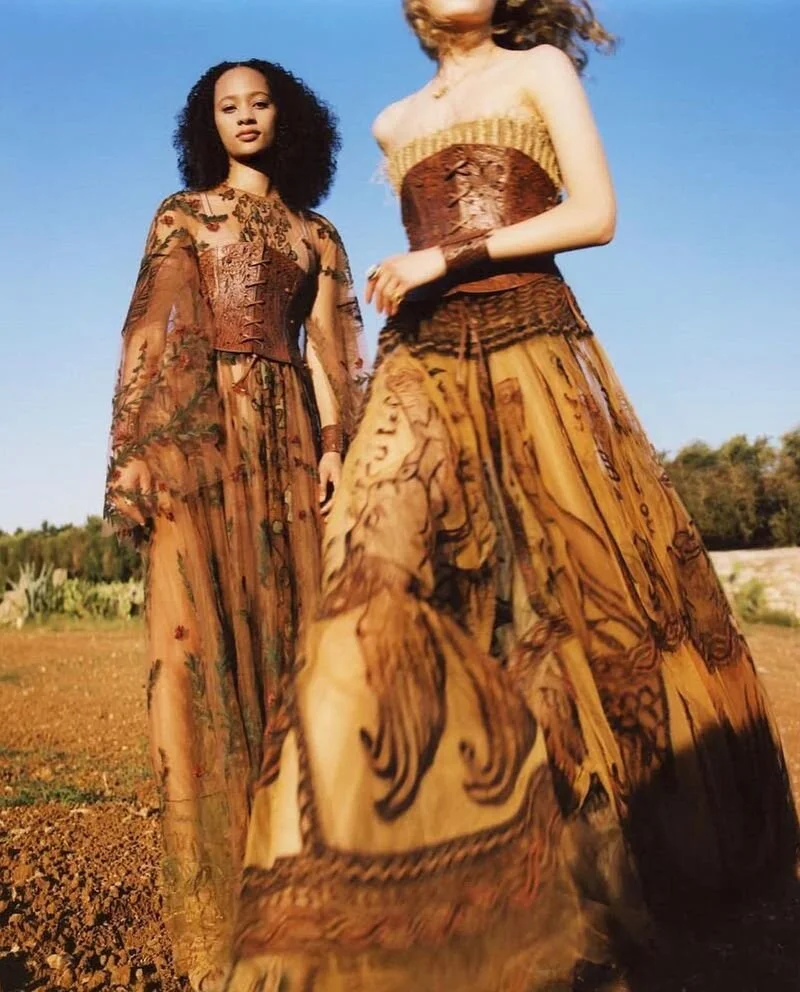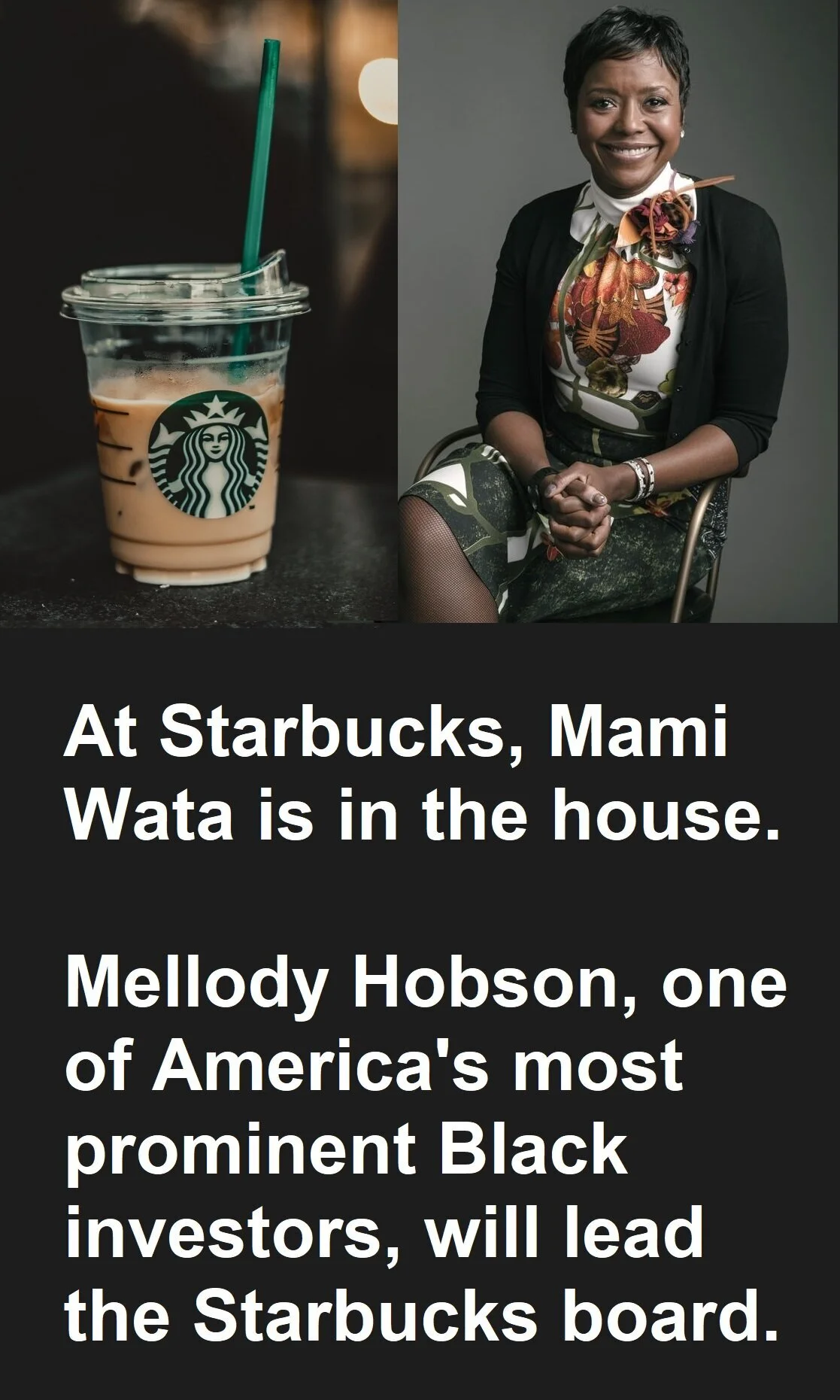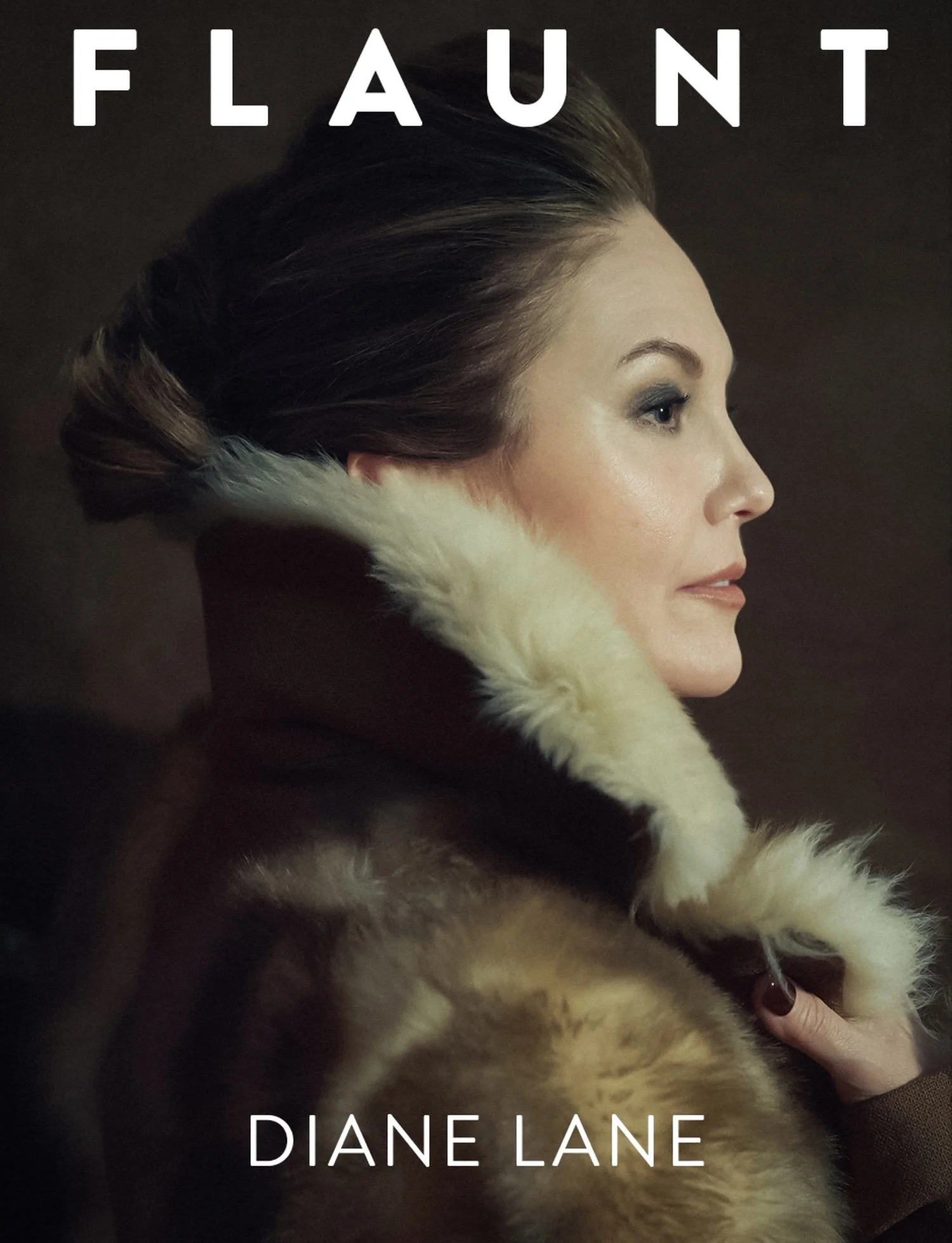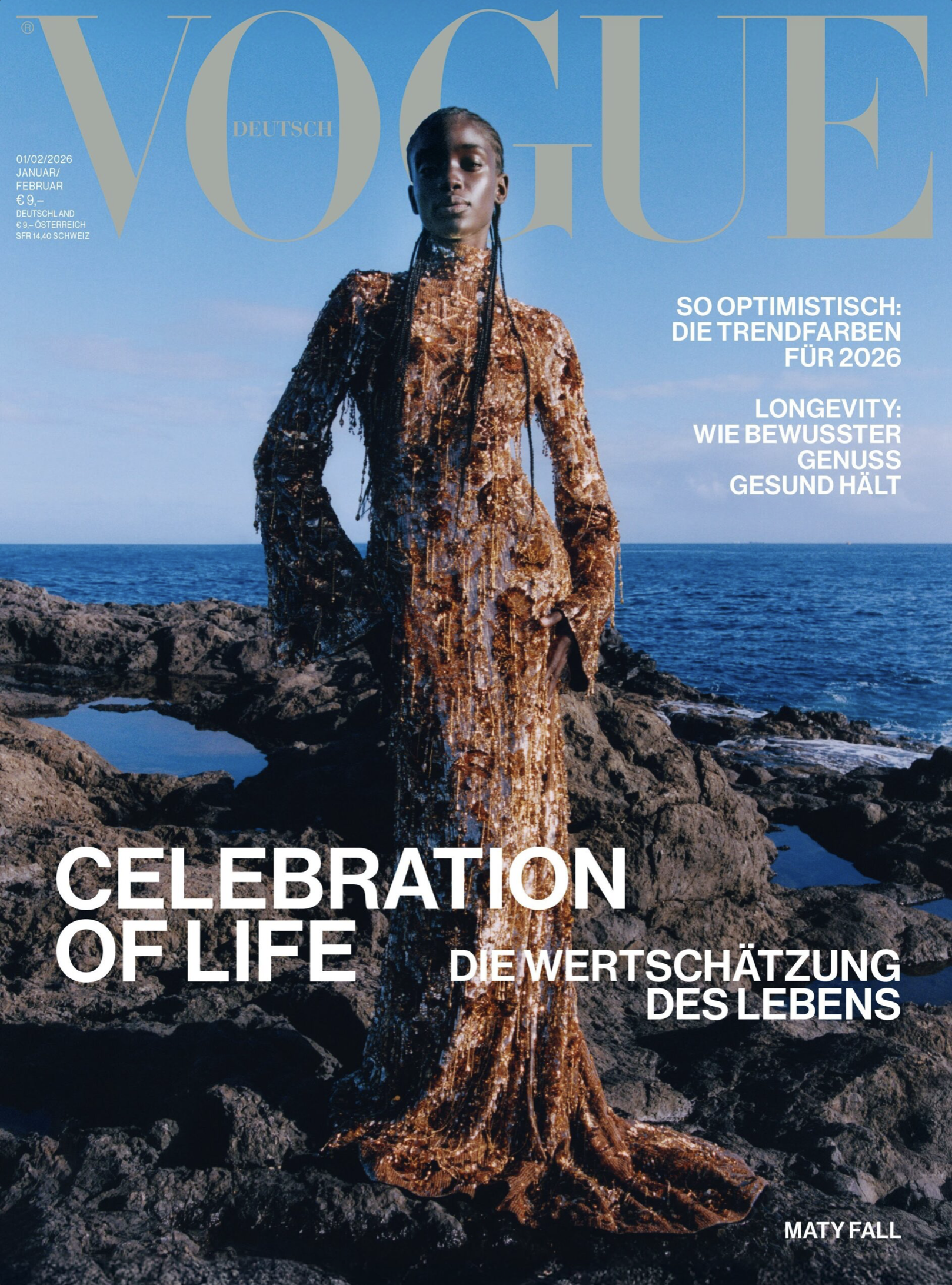Dior's Maria Grazia Chiuri in Puglia, the Land of Two-Tails Sirens and Maybe Mami Wata
/AOC returns to Dior’s Resort 2021 show in Lecce, Puglia (pronounced poo-li-ya) known as the ‘Florence of the South’, not only because of its extraordinary beauty, but because of its connection to North Africa and even deeper into the Continent.
After sharing the Maty Fall Dior Cruise images two weeks ago, and Puglia’s role — much like California’s — in using impoverished, migrant laborers to produce the gourmet foods harvest, AOC unintentionally wandered into Puglia again last week.
This time the topic was feminism, the great African goddess Mami Wata and coffee, leaving me totally fascinated about the deep connections between Puglia and the African continent.
In these images, models Akon Changkou, Felice Nove Noordhoff and Selena Forrest are styled by Elin Svahn in ‘Everyone Under the Sun’, showcasing key looks from Maria Grazia Chiuri’s resort collection. Dario Catellani (IG) flashes the trio for American Vogue’s November focus on Chiuri’s vision for Dior as a modern-world brand.
Maria Grazia Chiuri’s decision to hold the Cruise 2021 show in Puglia was noteworthy because the house had never before shown in Italy. Equally significant, Chiuri’s father Antonio was born in Puglia.
“For me,” Dior’s creative director explains, “to be here is to come back to my memories of the summers I spent here when I was young. I still spend a lot of time here and have a family house here, but I had never reflected on how the culture of this land influences me and how I work in fashion.”
Since becoming Dior’s creative director, Chiuri has changed the wider perception of the luxury house. By sharing her creative process with artisans, artists and feminists that shift seasonally, “Dior has been remade as a still-exquisite yet newly inclusive and global-facing label that connects with women not merely via womenswear but by its sincere engagement with issues fundamental to modern femininity, from championing labor rights to highlighting the need for respect and visibility for all women,” writes Luke Leitch for American Vogue.
“Loudly and proudly declaring my and the maison’s wish to step away from the sterreotype of women by integrating feminist ideas is a way to keep Dior’s heritage relevant,” Chiuri is quoted. “I’m striking a balance between an iconic past and the need to be anchored to the present.”
One of Chiuri’s core mantras is key to her cruise 2021 presentation. it’s one that resonates deeply with me, too: The piazza is illuminated by multidisciplinary artist Marinella Senatore, with bulbs that message statements like “I’m going to make everything around me beautiful.”
These Dior and Chiuri artists celebrate beauty as an agent of social change. For AOC, this is a very powerful concept. The synergy between Chiuri and myself in terms of our intellectual foundations and interests is intense and a key reason why AOC writes so often about Dior.
See the entire Dior Cruise 2021 Collection show in Lecce, Puglia, if you haven’t watched it. Vogue’s Luke Leitch writes excellent mental enrichment about what you are seeing in the Dior Cruise 2021 show.
Meanwhile, I’m popping over to more feminism, the great African goddess Mami Wata and coffee
On the Trail of the Starbucks Siren
Mellody Hobson Will Chair Starbucks Board of Directors | Mami Wata Is Thrilled
As a straight news story, Mellody Hobson will be the new nonexecutive chairperson of the board at Starbucks. Hobson shared major insights into her strategy for success at last week’s Forbes Women conference.
AOC can’t look at a Starbucks coffee cup — and the Starbucks logo — without seeing the African goddess Mami Wata in all her glory. And Mellody Hobson’s approach to successful living with purpose, only reinforces that belief.
It’s totally understandable to us that a modern-day Mami Wata would rise to such a position of prominence over the Starbucks logo — sans bare breasts in a nod to the modern age.
The Starbucks siren covered up her bare breasts years ago, much like George Bush Attorney General John Ashcroft threw what New York Times columnist Maureen Dowd called “a ‘Blue Burqa’ over the bare-breasted Spirit of Justice residing in the headquarters of the United States Department of Justice.
America’s preoccupation with the crime of breast-baring has made its way to the headquarters of Facebook, where Steve Bannon can call for the beheading of Dr. Anthony Fauci and Christopher Wray and get away with it in Zuckerberg’s fiefdom, but my FB friends got shut down for featuring a body-painting, breast-cancer survivors project in Florida.
Not everyone notices that the Starbucks siren has two tails — a fact of anatomy that distinguishes her from a mermaid. Instead of finding that the two-tailed siren is just twice as better at everything than the single-tailed mermaid, a reality check reveals that voluptuous sirens lure men to their deaths, whereas mermaids are sweet lovers — sort of the girl next door type.
Note also that Homer’s sirens were originally bird-women, a fact of history that Audubon sets straight.
Returning to the Starbucks siren — and connecting her to Puglia before totally exasperating AOC readers about why she’s in a story about Dior Cruise 2021 in Puglia — I never bought the Norse woodcut heritage originally advanced by the Seattle-based coffee company.
Reviewing prior writing dismissing the Norse woodcut heritage theory for the original logo inspiration, I ended up in Puglia. Seriously!
Atlas Obscura picked up the Starbucks siren story in 2015, tracing her back to the 8th century Otranto Cathedral. located in Italy’s Puglia region. Here the symbolism becomes fertile for Mami Wata and other African goddesses — several of them water goddesses — because the slave trade from ancient times to Medieval in Italy’s Puglia region is well-documented.
Otranto is a seaport town located a short distance from inland Lecce. I’m sure that Maria Grazia Chiuri has visited the cathedral. Atlas Obscura describes the mosaic:
In the sunlight, the exterior of the cathedral is golden. The structure, built in 1088, is simple, with a few arched windows and carved capitals. But inside, wild animals, biblical characters, and fantastical creatures cavort across the cathedral floor. A monk named Pantaleone and his team of artisans created the enigmatic mosaic in the 1160s. It’s one of the largest in Europe and depicts all the important stories and figures of the time: the Tree of Life, the expulsion from Eden, Alexander the Great, elephants, sphinxes, centaurs, and much more.
How all of these stories and images from distant cultural traditions made their way onto the mosaic is still a mystery. But most intriguingly–at least for the contemporary coffee consumer–is a detailed image of a long-locked, sweetly smiling, twin-tailed mermaid.
Assume something is true and you may find it. Here’s a picture of Chiuri and the children in Otranto from her Instagram .Now if Mami Wata pops into the Fall 2021 collection, then you KNOW that Chiuri and Anne are traveling on the same moonbeam.
Face2FaceAfrica writes of Mami Wata:
Mami Wata traces back to the earliest of African societies as recorded by the griots and keepers of history. The Dogon’s creation myth tells the stories of Mami Wata and traces records of its existence to more than 4000 years ago. Mesopotamian myths also tell of the great water goddess in their story of creation known as Mami Aruru to be the creator of life.
The name is traced to the early languages of many modern African societies today. The first root of its name is considered to be from Ethiopian and Egyptian Coptic societies. In the Ethiopian Coptic language, the word “mama” was used as a description of truth and wisdom and the term “uat-ur” meant ocean water. Another definition of the name traces to the early Sudanese society where the word wata referred to a woman. The name is often linked to a single entity but represents the strongest and most significant of all water spirits that exist.

